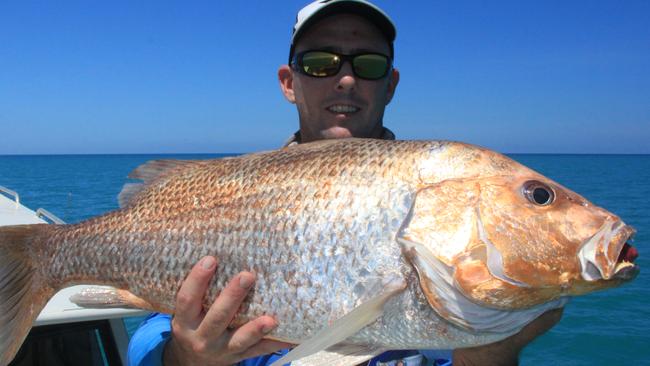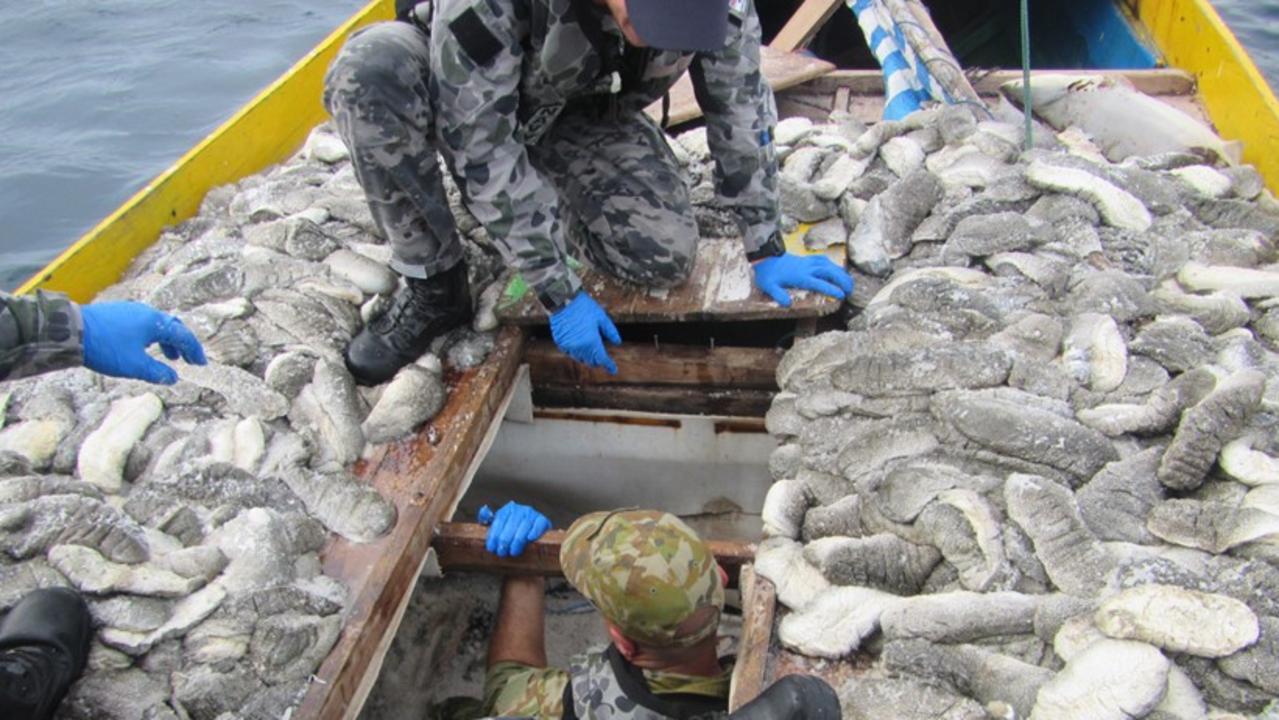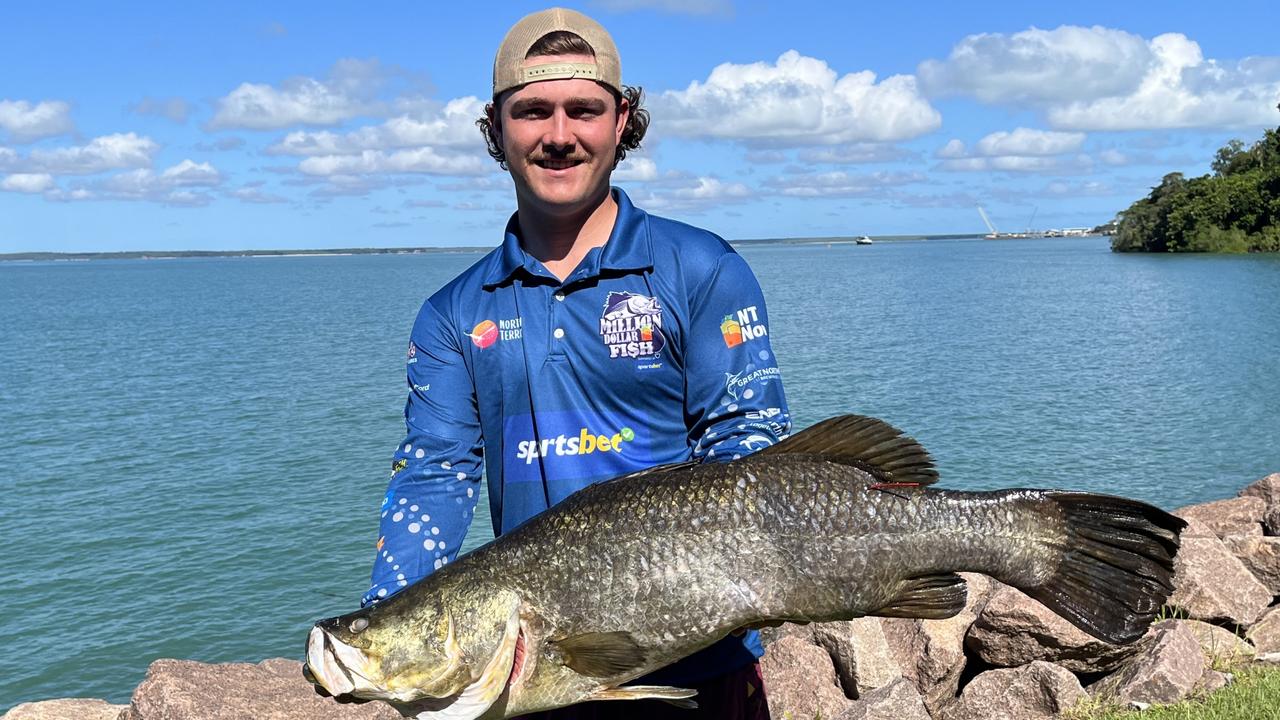Ear’s the way to tell a fish’s age
Determining the age and growth of fish provides fundamental information for the sustainable management of fish populations.

Fishing
Don't miss out on the headlines from Fishing. Followed categories will be added to My News.
Determining the age and growth of fish provides fundamental information for the sustainable management of fish populations.
Fisheries scientists generally use a combination of length measurements and otolith (earbone) examination to determine growth rates and the age of fish.
Otoliths contain a record of seasonal growth patterns and can be aged much like a tree by counting the rings.
Once removed from the fish the otoliths are mounted in resin, finely shaved into transparent cross sections and viewed under a microscope where the age can be determined.
Age studies provide fisheries’ managers with valuable information on fish population dynamics and provide data such as the age structure of a stock, recruitment success and the changes in populations due to fishing rates.
To establish an accurate assessment of the age structure of a population, several hundred samples are required as a minimum for analysis.
The data is then entered into a computer stock assessment model along with information on age at maturity, harvest levels and growth rate which provides managers with a status report on the health of the population.


